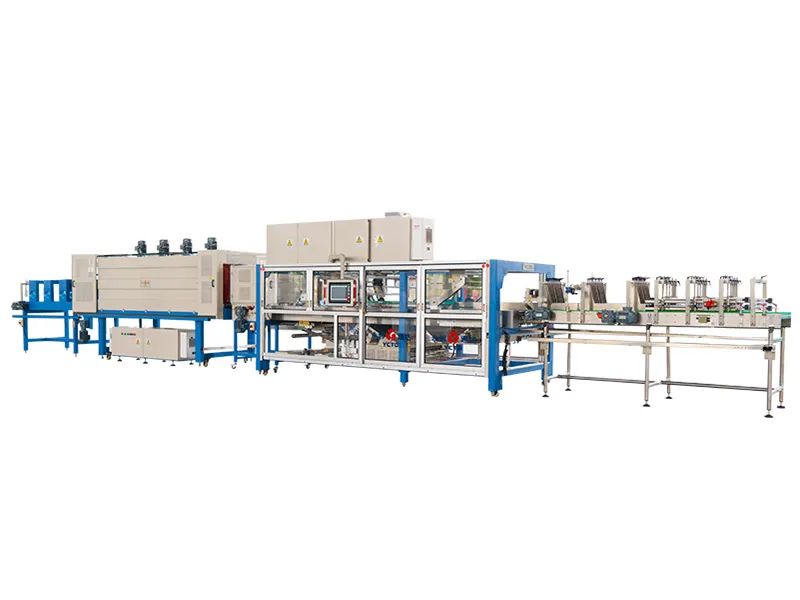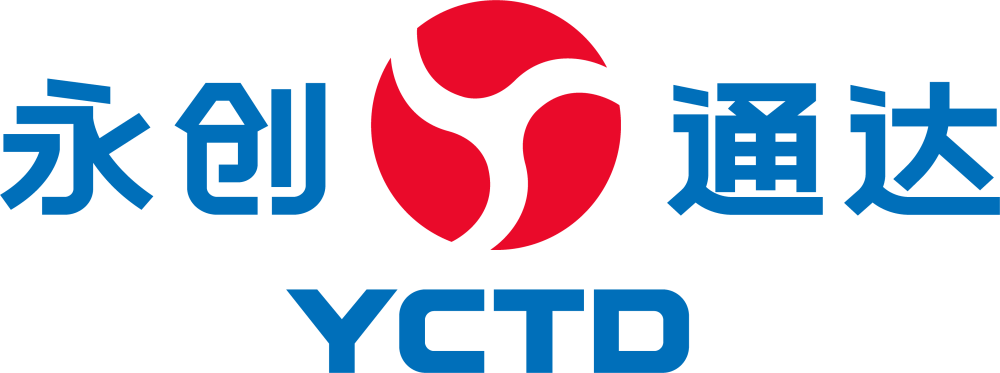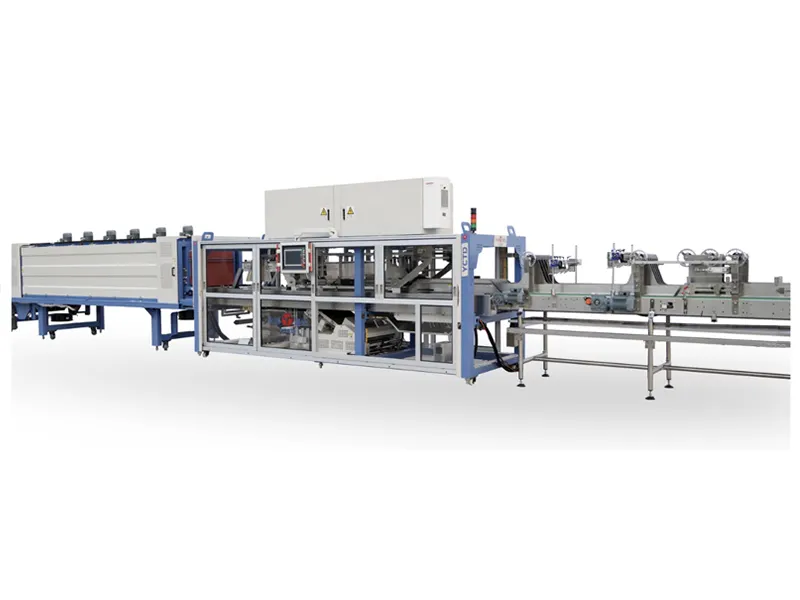Building a Competitive Edge Through Smart Beverage Line Choices
In today’s beverage manufacturing landscape, optimizing every part of the production chain is no longer optional. Speed, quality, and cost-efficiency define the competitiveness of a beverage producer. Investing in reliable and well-configured beverage line systems has become essential for companies aiming to stay agile, reduce waste, and increase output. These systems play a pivotal role in ensuring that every step, from filling to labeling and packaging, operates in harmony.
Whether you are launching a new beverage line or upgrading an existing one, the choice and configuration of your beverage line systems directly impact your product quality, output volume, and operational costs. Understanding how to refine this setup for maximum productivity allows manufacturers to meet changing demands while maintaining consistency.
Product-Specific Configuration
Matching System Design to Beverage Type
Different beverage types demand unique equipment capabilities. Carbonated drinks require pressure-resistant filling machines, while juices and dairy products may need pasteurization or aseptic processing units. Hot-filled beverages will require heat-resistant containers and specialized capping systems.
A tailored approach ensures your beverage line performs efficiently without compromising quality or compliance. Matching the right machinery with your beverage type is the foundation of operational success.
Material Handling and Storage Needs
Ingredients and packaging materials must be handled according to their characteristics. Fragile glass bottles require gentle conveyors, while plastic containers may benefit from air conveyors for speed. Ingredient storage should be temperature and contamination controlled to prevent spoilage.
Aligning storage, feeding, and transportation equipment with your product's requirements minimizes losses and supports hygienic production.
Scaling Production Effectively
System Modularity and Upgrade Paths
Modular beverage line systems are ideal for companies that expect to scale. Starting with essential machinery and expanding over time allows manufacturers to control initial investment while keeping growth options open.
Upgrade paths should be part of the planning process. Machines that support additional modules like multi-head fillers or robotic packers simplify expansion without re-engineering the entire line.
Choosing the Right Line Speed and Output
Not all operations need high-speed lines. Small businesses may be better served by mid-speed systems that are more economical and flexible. Large-scale facilities can maximize output with high-capacity beverage line setups that include redundant units for uninterrupted performance.
Selecting equipment that matches your expected throughput ensures efficiency and avoids under- or over-investing.
Automation and Operational Intelligence
Integrating Smart Technology
Today’s beverage line systems include IoT-enabled sensors, digital controllers, and analytics platforms that provide real-time performance data. These insights help identify bottlenecks, inefficiencies, and maintenance needs before they become problems.
Smart beverage line setups enhance visibility and enable proactive decision-making, optimizing productivity across all operations.
Reducing Manual Intervention
Automated systems reduce human error and streamline repetitive tasks such as bottle unscrambling, label application, and case packing. Reducing manual labor not only lowers costs but also improves workplace safety and consistency.
Automation is especially beneficial in maintaining hygiene standards and ensuring output uniformity at scale.

Packaging and Customization Flexibility
Multiple Format Handling
Modern beverage line systems often support multiple packaging formats—from cans and bottles to cartons and pouches. Quick-change features allow seamless transitions between different SKUs, enabling small-batch runs and seasonal product variations.
This flexibility is key for businesses serving diverse markets or frequently updating product lines.
Labeling and Branding Adaptability
Integrated labeling machines can handle various label shapes and materials, supporting unique branding strategies. Digital printing units enable real-time code changes for expiration dates, batch numbers, or promotional content.
Maintaining brand consistency across formats is simplified with adaptable beverage line components.
Compliance and Quality Assurance
Built-in Quality Inspection
Inline inspection stations identify misfilled bottles, crooked caps, or label misalignments in real time. Defective items are automatically rejected, ensuring only compliant products reach consumers.
Maintaining product consistency builds customer trust and reduces the risks of recalls or regulatory violations.
Sanitation and Regulatory Standards
Beverage line systems must meet FDA, HACCP, and local regulatory guidelines. CIP (Clean-in-Place) functions are crucial for preventing cross-contamination. Equipment should be made of food-grade, corrosion-resistant materials.
Meeting these standards safeguards public health and enhances brand credibility.
Total Cost of Ownership Considerations
Long-Term ROI Planning
Choosing energy-efficient motors, maintenance-friendly designs, and durable components reduces operating costs over time. ROI should account for reduced labor, less waste, and higher output reliability.
Beverage line investments must balance upfront cost with long-term financial and operational benefits.
Training and After-Sales Support
Operator training ensures the system runs correctly and safely. Choose suppliers that provide thorough onboarding, manuals, and remote support. Easy access to spare parts and responsive technical service minimizes downtime.
Support infrastructure significantly affects system performance and lifespan.
Supply Chain and Integration
Synchronization with Raw Material Flow
Beverage line systems should align with raw material supply to prevent bottlenecks. This includes buffer tanks, ingredient dosing stations, and real-time inventory tracking.
Efficient upstream coordination improves line continuity and resource usage.
End-of-Line and Distribution Integration
Shrink wrapping, palletizing, and load-out systems must integrate seamlessly to maintain production speed. Smart logistics systems ensure finished goods are packed and routed efficiently.
A synchronized end-to-end system increases throughput and improves delivery reliability.
FAQ
What are the most important factors when choosing a beverage line?
Consider your product type, expected production volume, scalability needs, and regulatory requirements. Choosing a beverage line that aligns with these aspects ensures efficiency and long-term viability.
Can one beverage line handle multiple products?
Yes, with modular equipment and quick-change features, many beverage lines can handle multiple SKUs or packaging types. This flexibility supports product diversity and small-batch runs.
Is automation necessary for all beverage producers?
Automation enhances consistency, speed, and hygiene. While not mandatory for very small producers, most businesses benefit from at least partial automation to remain competitive.
How do I plan for future growth?
Choose a scalable beverage line with modular equipment and upgrade options. Collaborate with suppliers who understand your growth goals and can support phased expansions.
Table of Contents
- Building a Competitive Edge Through Smart Beverage Line Choices
- Product-Specific Configuration
- Scaling Production Effectively
- Automation and Operational Intelligence
- Packaging and Customization Flexibility
- Compliance and Quality Assurance
- Total Cost of Ownership Considerations
- Supply Chain and Integration
- FAQ

